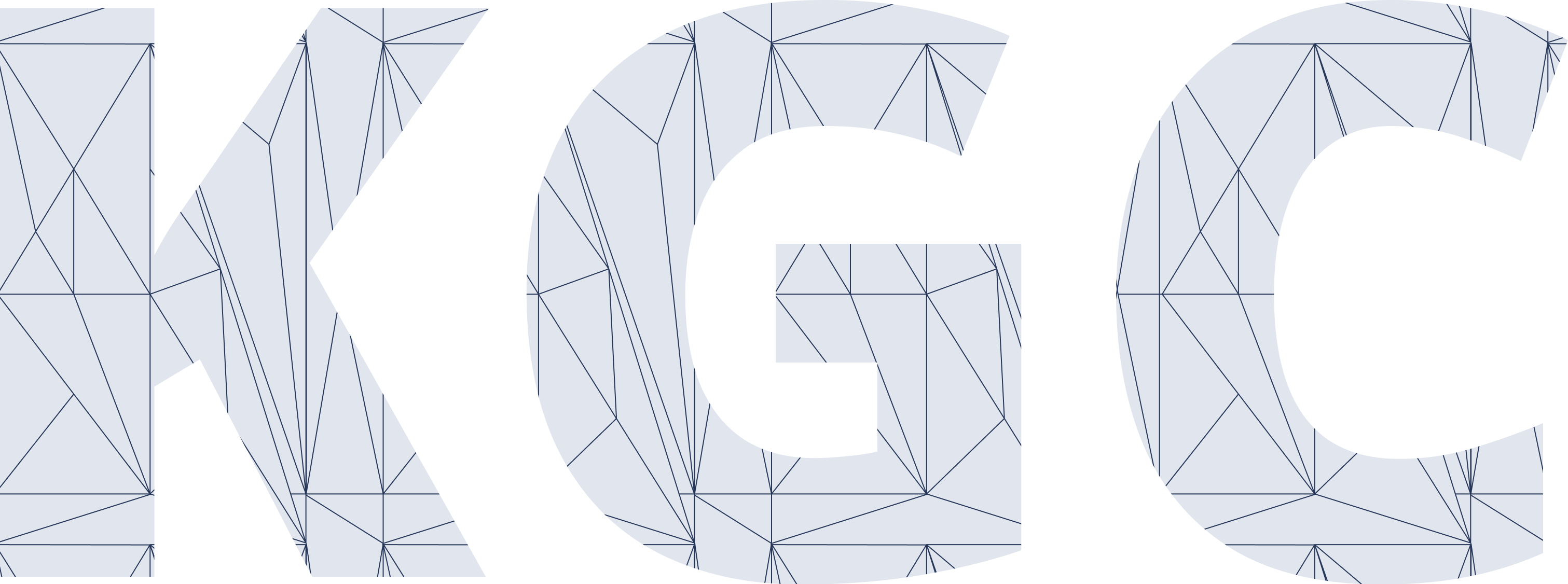Event Details
| Location | Room 3 (Classroom B) |
| Date | May 2, 2022 |
| Time | 1:00 PM to 2:30 PM |
- The first 25 participants joining us in person will get access to a free, hosted metaphactory to use during the tutorial and can keep trying it for one week!
- If you want to participate hands-on on your own laptop, please download and install the metaphactory tutorial app before this session. To do so, you can sign up for our 14-day free trial as follows:
- Visit metaphacts.com/get-started
- Fill out the trial form & select the trial option “I’d like to try the metaphactory KGC tutorial app”
- Follow the steps outlined in the confirmation email
Please note that the tutorial app will only be available for download starting April 30.
Knowledge Graphs drive modern data fabrics, enabling frictionless access to and sharing of data. They have led to great advances in terms of data integration, interoperability and accessibility, and are a key instrument for transforming data into valuable and actionable knowledge. But while the benefits of knowledge graphs have become clear, the road to their implementation has often been long and complex and success has relied on the involvement of seasoned knowledge graph experts. For example, most ontology modeling tools available today target the ontology engineer, thus excluding domain experts and common business users from this process.
In this tutorial, we will present a new approach to knowledge graph modeling based on metaphactory’s visual and user-friendly interface for creating, exploring, visualizing, editing and documenting knowledge graph assets such as ontologies, taxonomies or data catalogs. The visual language translates to core elements of OWL, SHACL and SKOS and results in knowledge graph assets based on open and flexible W3C standards.
Specifically, this tutorial will cover:
- Visual creation of OWL/SHACL ontologies which allows business users and domain experts to contribute to the ontology engineering process.
- Creation and management of SKOS taxonomies which allows business users and domain experts to capture business-relevant terms in organized vocabularies.
- Data catalog integration – Creation, management and import of existing dataset metadata at integration time.
- Creating a model-driven end-user interface for all business users to look up, explore and discover knowledge stored in the knowledge graph.
With this approach, creating a knowledge graph becomes a streamlined, end-to-end process where all relevant stakeholders are equally involved. This enables true knowledge democratization by connecting knowledge modeling, knowledge description, knowledge generation, and knowledge consumption under one umbrella.
The first 25 participants joining us in person will get access to a free, hosted metaphactory to use during the tutorial and can keep trying it for one week!

